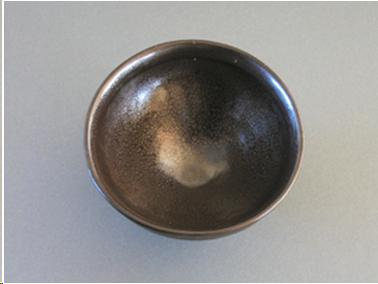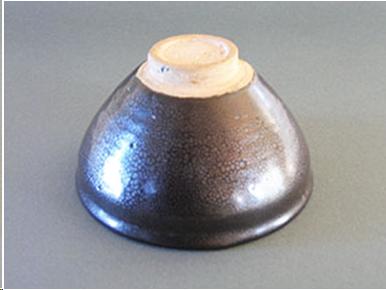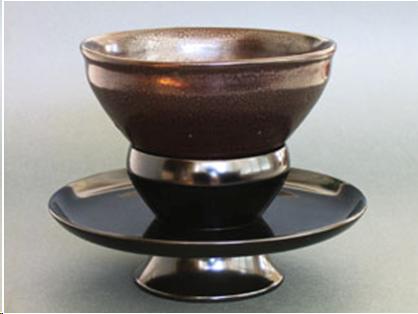2 Tea and Zen History
Table of Contents
- Tea and Zen History
- Bodhidharma and Tea
- The Original Tea
- Tea in the Temples
- Tea of the Elite
- Sen Rikyu
- Principles
Text and Images from Slide



An "oil spot" temmoku ("Eye of Heaven") bowl on a dai (cup stand) similar to those used by monks in China and Japan to drink tea
